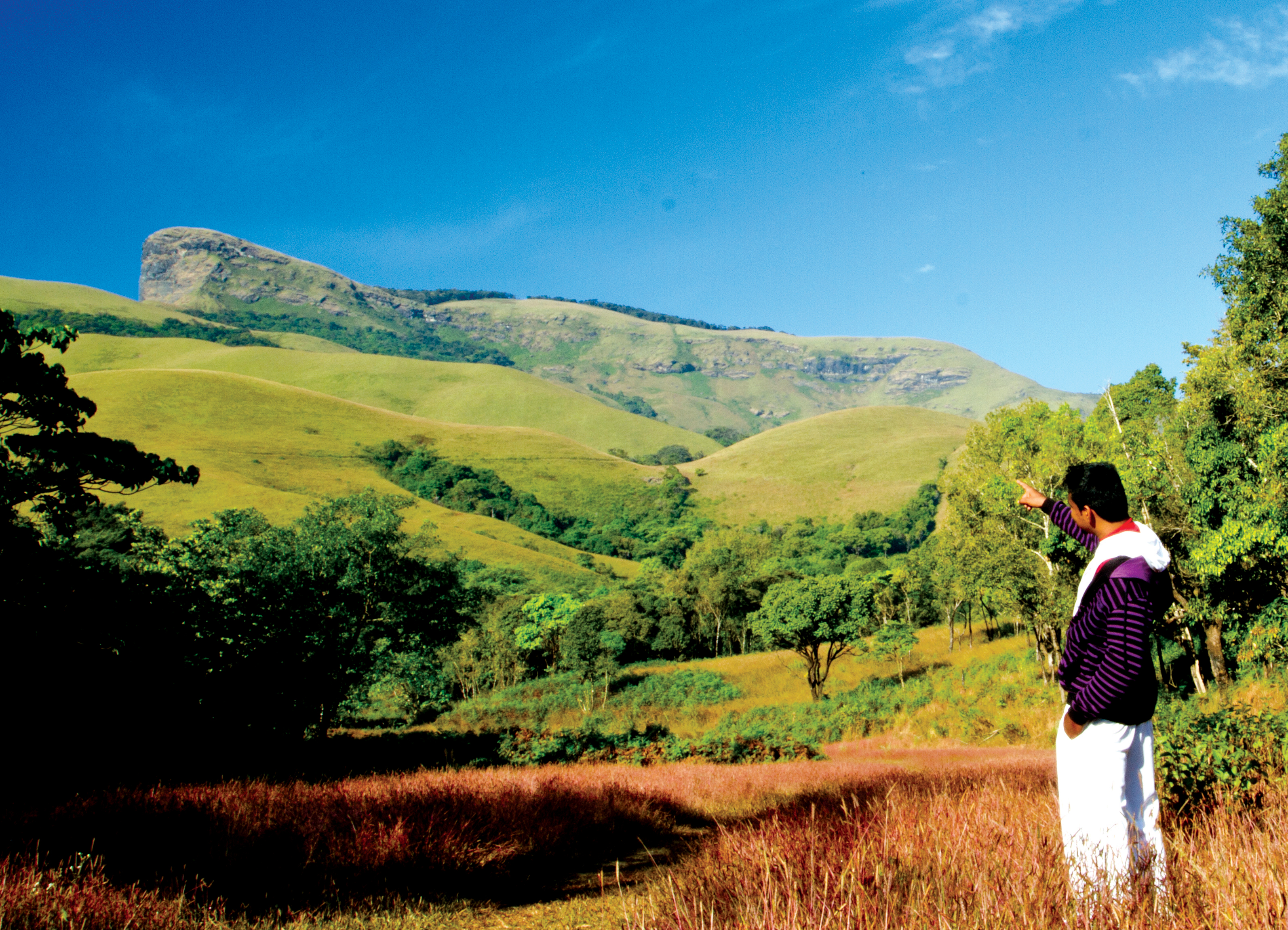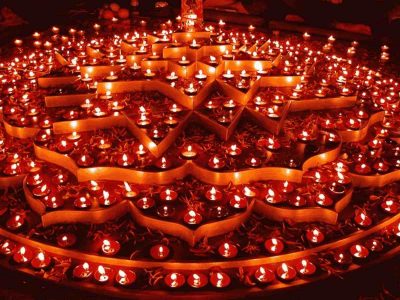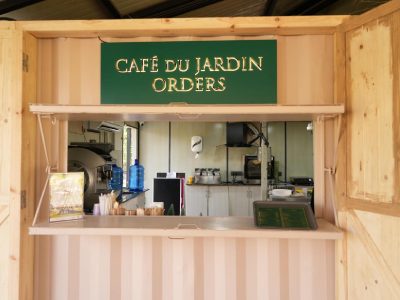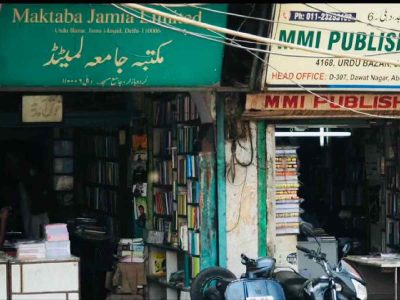The first coffee seeds were sown here. Welcome to Chikmagalur, home to numerous coffee plantations and green trails
You land at the narrow strip of Mangalore airport and head straight to coffee country, Chikmagalur. This is the town of the younger daughter — that’s what Chikmagalur literally means in Kannada. The region was ruled by the Hoysala dynasty during their early years and was given in dowry to the younger daughter of Rukmangada, the chief of Sakrepatna. There is the town of the elder daughter too—Hiremagaluru, about 5 km from Chikmagalur, but that’s a story for another day.
From Mangalore to Chikmagalur, it is a curvy green ride through the hills. Though the road is not smooth, the air is crisp and there is the promise of rejuvenation. The heart keeps singing, gazing at the blue sky through the car window.
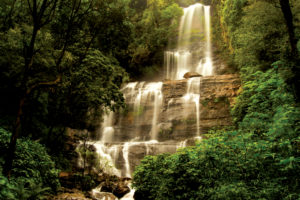
Chikmagalur has over 15,000 coffee plantations. Folks say that a saint, Baba Budan, brought coffee here in 1670 AD. He had discovered the beverage on his pilgrimage to Mecca. Baba Budan went through the seaport of Mocha, Yemen and he wanted to bring coffee home. So, he wrapped seven coffee beans around his belly, got them safely from Arabia and planted them in the hills of Chikmagalur. Rest is history. Since then, slowly and steadily coffee plantations have grown. The hills are lush and the area verdant. It’s not just coffee lovers; even trekkers love to come here.
For those like me, who want to know what goes into their cup of coffee, there is the Central Coffee Research Institute (CCRI). Research on coffee began as early as 1915 to combat the disease that often besets coffee leaves. Later it became a necessity to handle the many problems faced by the coffee industry. Systematic research started from 1946.
A walk around the institute is quite an education. The CCRI has a collection of exotic material from all the coffee growing countries including Ethopia, the home land of Arabica. Another variety is Robusta. So Arabica needs to be grown in shade, and is found on the higher elevations. This is why Chikmagalur has a wide range of many species of trees. Robusta needs partial shade and more sunlight and is grown in the lower elevations.
For me, this is a lesson about Nature. So much is clubbed together by Earth, for no music is made without symphony and no coffee grows without spices.
It was in 2005 that the boom began, as many plantation owners converted their bungalows into homestays. But the rise of the plantations goes back to the British era. They would come to the lush land, escaping the heat of summer in the plains.

The walk to the institute over, I head to the city part of Chikmagalur. With multiple shops offering filter coffee, it is quite a mind-boggling sight. The area is full of coffee making units, mostly small and compact. Among these is one called Pandurang. This is my introduction to the famous south Indian filter coffee and it turned me into a coffee fan. Move over coffee chains.
Family run for the last three generations, a young man takes me around, walking me through the entire process, beginning with the grinding. And then, like a gentleman host, he offers me a freshly brewed cup, insisting that this is one coffee which would not give me red rashes. Like a true blue Indian, he swears that I could go back the next day and claim compensation if even one rash emerged anywhere on the skin. The secret of the skin’s reaction to coffee is the way it’s processed, he explains. Freshly made filter coffee does not lead to any reaction but the packed powders do. And this is true, as I experience it. After that one brave attempt, I am a filter coffee fan—it’s pure love.
Pandurang gifts me a pack of his fresh coffee, as this is only found in that region, and a packet of fragrant spices — black pepper and elaichi, straight from the plantations. The fragrance does not die for months, I am told, if kept in the same pack.
There’s more to come, for how I can go back to Delhi without a trek in the area, my guide insists. Mullayanagiri is the highest peak in Karnataka. It looks quite difficult to me but my guide is in no rush. Patiently we climb up the steep hill through the greenest land cover. Part of the Western Ghats, the rivers Tunga and Bhadra flow through this region. I am close to heaven, the view is spectacular.
The mountain looms and we stop—100 steps to the Shiva temple on the peak. My guide urges me to continue, enticing me with stories of tigers and more awesome views. I take a deep breath and continue up the curvy path, letting my passion rise above the vertigo. So a little slow, but up I go, stopping in between to breathe in the magnificence of nature. Prayers to Shiva and blessings from the priest, we marvel at the vastness of the sky. There is just us—my guide, the priest and me! Just beneath the temple base, right at the edge of the cliff, is a cave in which a tiger lives. He doesn’t seem to be home but we carefully climb down, slipping over loose rocks. A little more and we would have been down the cliff.
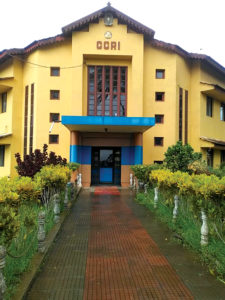
We peek into the cave, hoping to see some signs of this living being. But it’s too dark and looking down a bit too much for my dizzy head.
The downward trek is a little faster but the heart doesn’t want to leave the greenery, the cool breeze and the lush plantations. The Ghats offer some exciting treks to Kudremukh, Baba Budan Giri Dattatreya Peetha. The area also has some breathtaking waterfalls: Manikyadhara, Hebbe and Kallathigiri. On another trip, I want to go to Kudremukh National Park and Bhadra Wildlife Sanctuary.
Reaching Chikmagalur
It is well connected by road and train from Bengaluru as well as Mangalore. The nearest airport is Mangalore’s.

